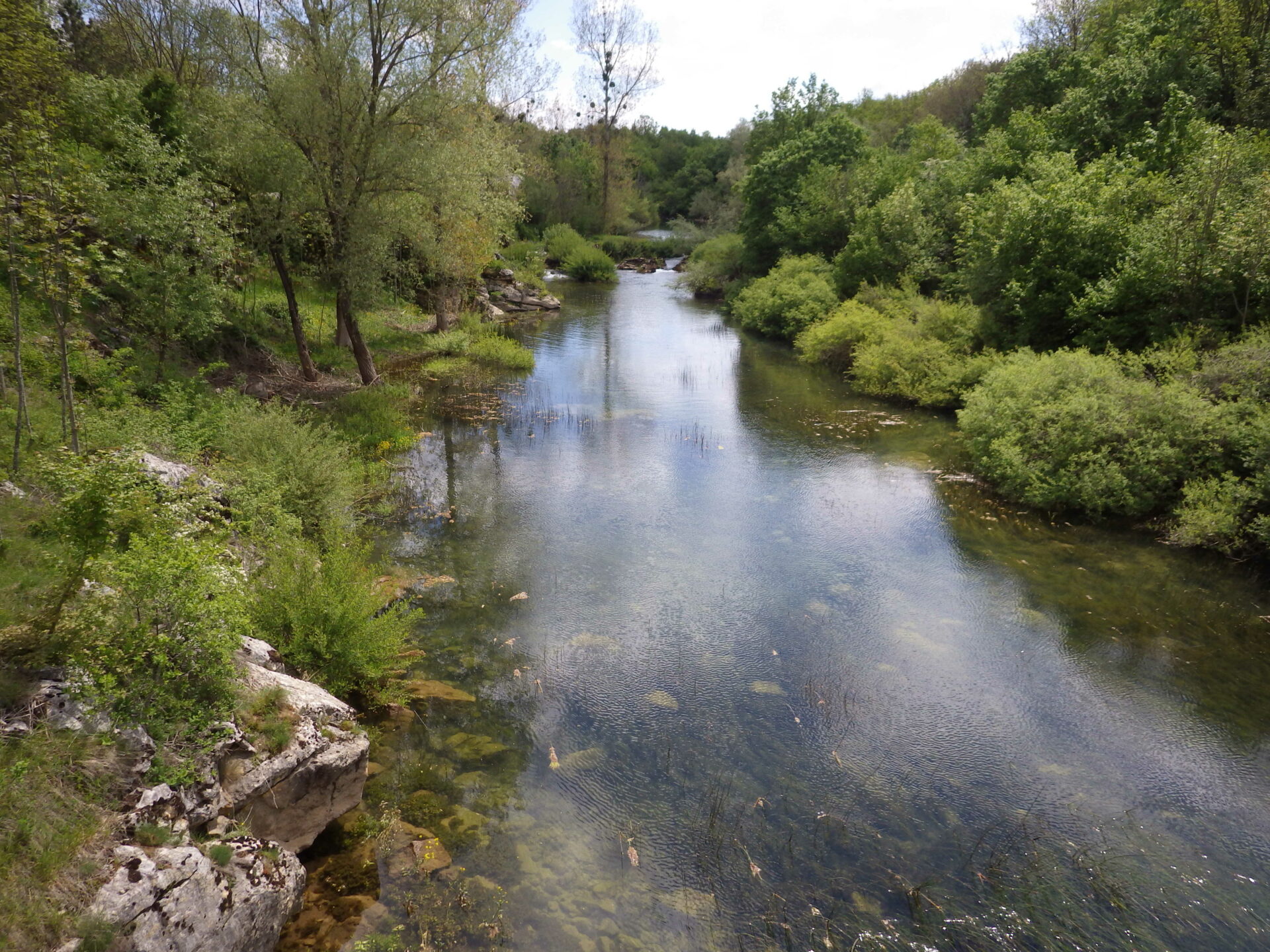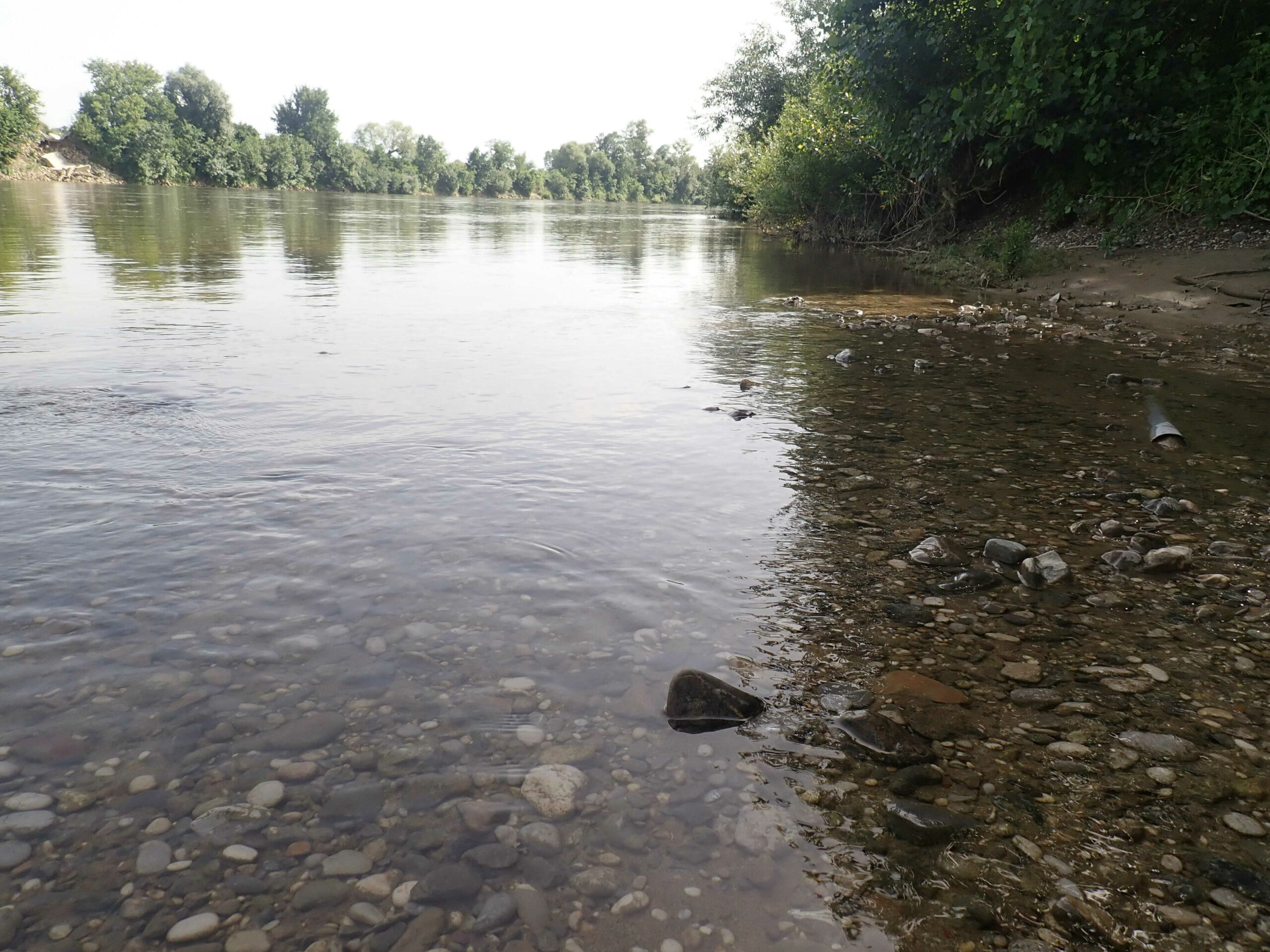River Continuum Concept (RCC)


The River Continuum Concept (RCC) explains the changes in the structure and function of river ecosystems by integrating all physical, chemical, and biological elements along the entire course of a river, from its source, through river valleys, to its mouth. The model is based on the idea that a watercourse is an open system in constant interaction with its environment.
The amount of precipitation affects water flow, which in turn shapes the characteristics of the riverbed, such as depth, width, and the slope of the banks, all of which significantly influence living conditions in the water. In addition to these hydromorphological processes, the flow of organic matter also affects aquatic life.
The origin of organic matter in a river can be either autochthonous or allochthonous. The ratio of autochthonous to allochthonous matter in a watercourse changes from the upper to the lower sections of the river. The upper reaches often consist of streams originating in forested areas. Their riverbeds are covered by dense forest vegetation, which shades the water surface and reduces the possibility of primary production. In such areas, a significant input of allochthonous organic matter occurs through the washing of forest leaf litter into the stream. As small streams descend to lower altitudes, they merge into a single watercourse. The dimensions of the riverbed increase, while the amount of riparian vegetation shading the water surface decreases. The greater penetration of sunlight enables increased primary production through photosynthesis. In these sections, algae and aquatic vegetation contribute to a higher proportion of autochthonous organic matter.
Once allochthonous organic matter enters the watercourse, it undergoes various biological, physical, and chemical decomposition processes. Biological decomposition is carried out by aquatic invertebrates (e.g., crustaceans, snails, insect larvae, etc.), which feed on the organic matter by breaking it into smaller particles that travel downstream. This fragmentation process continues in the lower sections of the river until the organic matter is reduced to a size suitable for microbial decomposition. Different species of invertebrates in the watercourse are adapted to the same feeding strategy, meaning they consume organic particles of similar size. Based on this, they are classified into four major feeding groups: shredders, grazers, filter-feeders, and collectors. The fragmentation process begins in the upper river sections, where shredders, which decompose leaf litter, and collectors, which feed on fragmented particles, dominate. As the river progresses downstream, grazers, collectors, and filter-feeders become more prevalent, feeding on finer organic particles.These feeding groups play a crucial role in the nutrient cycle of freshwater ecosystems. The transformation of organic matter into energy is just one of many simultaneous physical, chemical, and biological processes that maintain a dynamic balance within the system.link.

Upper reach, or part of the river continuum shaded by vegetation.

Lower part of the river continuum.